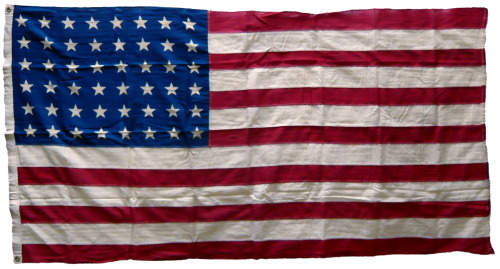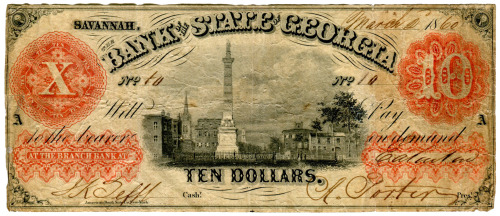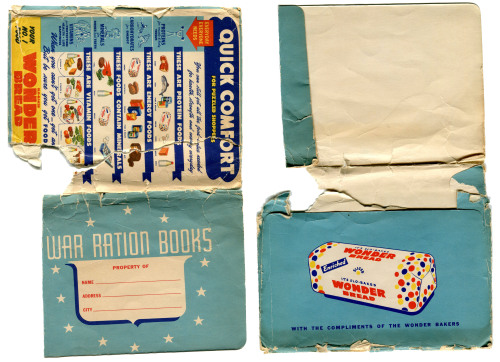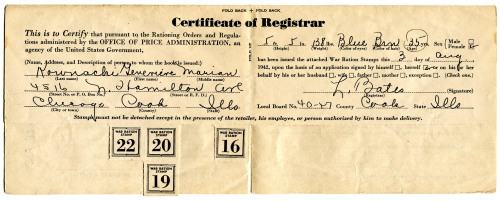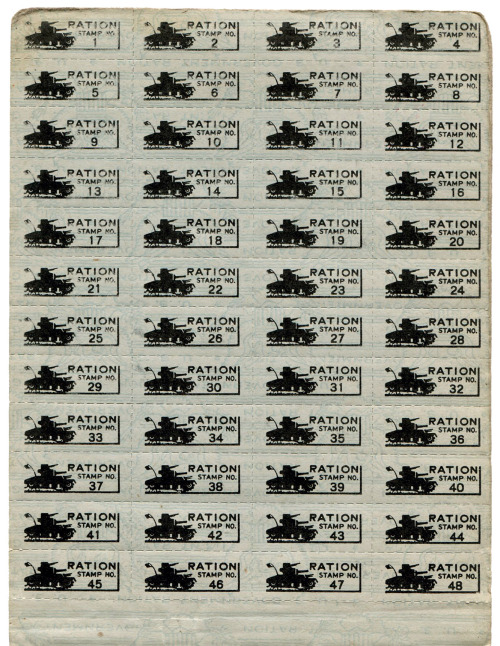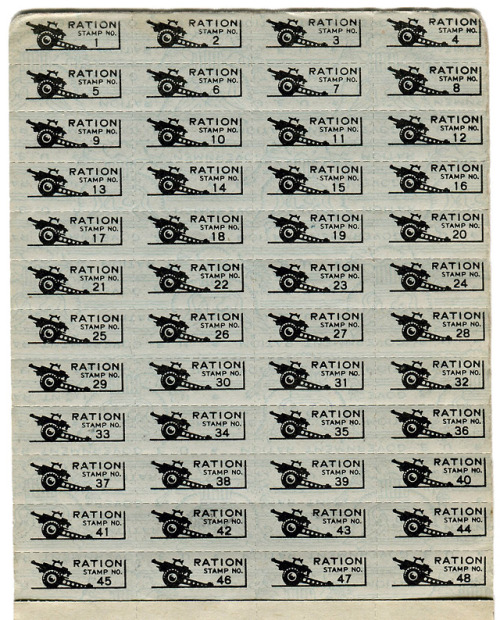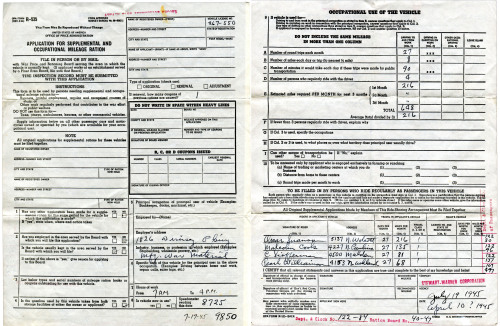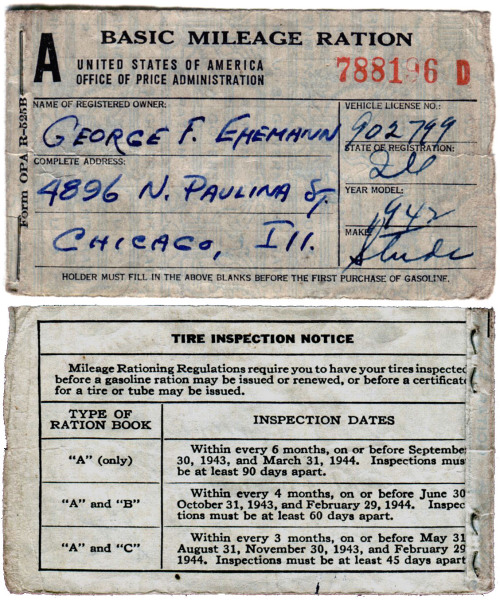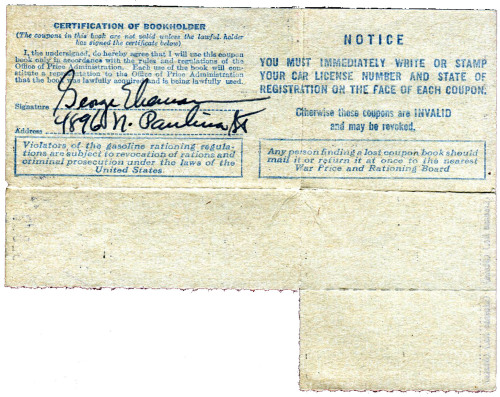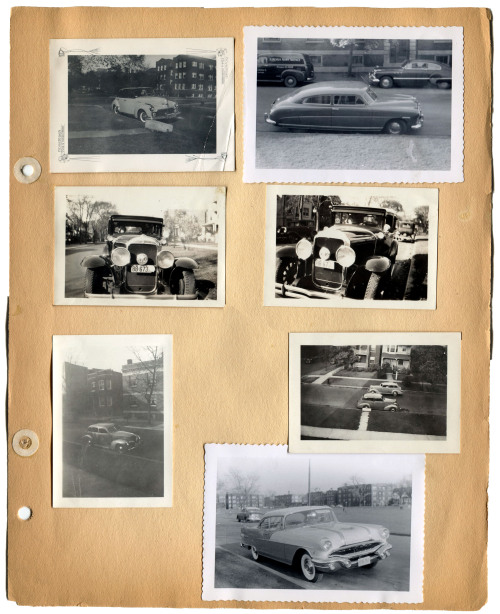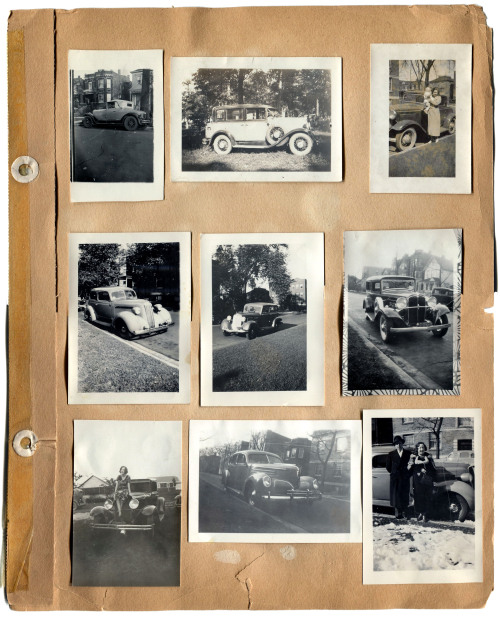#frank kownacki
My Grandpa George’s World War II era house flag measures 2'7" x 5’ which is a bit of an odd size compared to today’s standard 3’ x 5’. I would imagine that he flew it a good amount over his Chicago home during those war years. I post it today as my little way of marking the 70th Anniversary of D-Day.
Post link
For this Memorial Day I give you an obit from my Grandma Alice’s scrapbook. She clipped a good number of them from friends and family that passed over the years. In this instance we have one for Pvt. Joseph Janzer, whose wife apparently worked with my Grandpa George. (I’m guessing it was with him because of the “Dept. 61” listing.) While the obit gives us some cursory, and rather sad background on Pvt. Janzer, I decided to see what else I could find.
Joseph Janzer was a member of the U.S. Army’s 141st Field Artillery, which is known as the Washington Artillery. According to a Cook County genealogy site he was killed in action on February 4, 1945. At that time his unit was fighting in what became known as the Colmar Pocket in Northeast France. This pocket was created by a Nazi offensive that in turn created a bulge into the Allied line. It is not far from the location of this battle that his remains are interred at the Epinal American Cemetery in France.
While it is impossible for me to know, I do hope his wife was able to make it out there at least once to visit him. With that said, someone cared enough to lay these flowers and flags at his gravesite as you can see in this Find A Grave photo. My guess is that Pvt. Janzer has family out there that remember him.
Post link
This is a $10 bank note issued by the Bank of the State of Georgia dated March 2, 1860 out of Savannah. The paper is extremely thin, almost like tissue paper, and is only printed on one side. Prior to the National Banking Act of 1863, States would issue their own fiat currency. The National Banking Act was the first of many laws that came about to unify U.S. currency. The law was also created to help pay for the Civil War, and in turn it created “greenbacks” that were issued by chartered U.S. Federal Banks. The State issued notes became Federally taxed which, as expected, ended their existence.
As to how this came into my hands I really don’t know. All of my ancestors were immigrants to the North, so they didn’t get it by living down South. There is a rumor that a few uncles were in the Civil War, so maybe one picked this up down in Georgia, but I can’t find any evidence to support it. Or, which is most likely the case, one of my ancestors had a small collection of coins and this fell into their hands.
As for the note itself, well the Bank of Georgia took a beating in the Civil War, and as mentioned the Federal Government taxed these out of existence. So its value (as far as I can tell) is based more on historical interest than in any financial backing. It was printed by the American Bank Note Co. out of New York which was around until it filed for bankruptcy in 1999.
Post link
Glued into my Grandma Alice’s scrapbook is this event flyer from my Grandfather’s work. Stewart Warner made various gauges and instruments for The War, so big events of this nature aren’t that surprising. What is, is the date. The only September 8th on a Tuesday during WWII (and the immediate years following) was in 1942. That’s still rather early for U.S. involvement. Then it occurred to me that this might have been more of a war rally than an awards recognition. While I can’t seem to find anything on the internet about this event, I think that I might be on to something. This time period was during the first major U.S. push in the Pacific, and about a month into the very long Battle of Guadalcanal. Though while the First War Loan Drive didn’t begin until November of ‘42, I still think it is safe to say that besides some presentations it was also a sort of pep rally.
Post link
Wrapping up my WWII rations collection are coupons for the grocery store. While the initial thought would be that this was to make sure food was available for the troops (which in some cases was the fact), the real reasoning went beyond the actual food stuffs. It actually had to do with the processing and delivery. Like I had mentioned in my earlier rations posts, a big driving factor was the use of rubber. Hence limiting the amount of stuff you could buy meant that less stuff would have to be transported = less wear on precious tires. There was also the thought that less tin would be consumed by cans if people couldn’t buy as much. While true, I have read that the tin shortage wasn’t really as bad as the public thought. Either way, the rations did help cutback on cans.
This is by no means all of the paperwork involved with rations. As a matter of fact there was a War Ration Book No. 4 issued later on that I don’t have, and plans for a Book 5 as well. I like how over time the rations became more stylized, as you can see comparing Book 1 stamps with Book 3. (And Book 4 was even more so.) Besides the graphics the other thing I really like is the slogan that was used throughout the war years. “If you don’t need it, DON’T BUY IT.” Words that I still live by today.
Post link
Along with all of the WWII gas rationing items I recently posted is this form. It apparently had to be filled out by anyone that needed supplemental gas rations; in my Grandpa’s case that would be for his “B” sticker he received because his work was considered vital to the war effort. The form was also used by people that required extra rations because of business needs, driving to school (I’d assume college), an extra long commute, or working for the public welfare.
In this day and age of fears about an intrusive government I can’t imagine this form being accepted. Not only does it require the driver to keep track of their mileage, it also needs to be signed by the place of employment and everyone in your carpool. If such a thing were proposed today we’d all be exposed to non-stop rants and ravings about “Big Government” trying to destroy our freedoms.
Post link
Rationing was a way of life during WWII. From gasoline to pantyhose, it seemed like everything was limited. In old photos you can see the ration stickers on car windshields (the green “B”), which was there to show the attendant how much gas you were allowed to purchase. With this you received stamps and other various paperwork that had to be filled out in order to get your fuel. An “A” sticker was issued to the general public. The “B” my Grandpa Ehemann received was because his job was considered vital to the war effort. This meant he was allotted up to eight gallons a week. There were six different window stickers and even a “R” one for farm vehicles. These were a part of everyday life. So much so they became part of popular culture, like at the end of this classic Bugs Bunny when his crashing plane doesn’t crash because it runs out of gas. Why, because he only had an “A” sticker.
An interesting yet lesser known fact is that the rationing wasn’t really created to control fuel consumption, but was there to help save on tires. Gasoline could be made domestically, but rubber trees don’t grow here (at least not in mass quantity). That raw material came from Asia, which of course was controlled by Japan at the time. That’s why if you look closely at the paperwork you’ll see a lot of references to mileage and tire inspections. There was even a national speed limit of 35 MPH put in place to help curb tire wear.
Here’s an example of some of the ration paperwork one had to keep track of to fill-up at the station. The photo is of my Grandfather’s 1942 Studebaker that is referred to in paperwork. There were some other ration related items I’ll get to later.
Post link
My Grandpa Ehemann was by all accounts a car guy. Before his scrapbook came into my hands I had found a stack of receipts for cars he had purchased. At some point I should take them and I see if I can tell which was which from his photos. (That ‘49 Hudson on the first page top right is pretty fantastic looking!)
The majority of the photos were taken in front of their place on the corner of N. Paulina & W. Ainslie Streets on the north side of Chicago. The bottom photo on the second page was shot in front of the house I grew up in on Kostner Ave. That old Standard Oil gas station has since been replaced by a North Shore Community Bank & Trust building.
Post link

